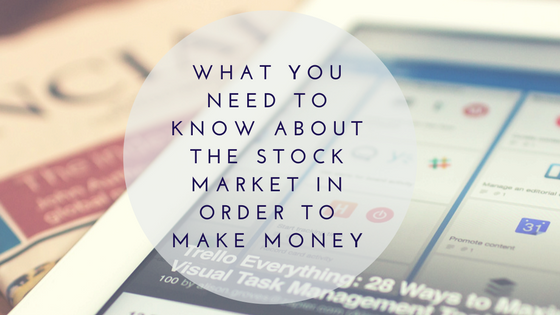When a person is able to find a good investor for their startup, it will help them get off to a good start. Knowing how to pitch and attract investors will ensure that they find the right match. Here are five tips that will help an individual give a strong pitch to an investor:
Short And SweetInn
Often, the best ideas are the simple ones. When a person is creating their pitch, it should be short and sweet. Of course, their products or services need to be innovative as well.
It’s best to stay away from technical details when a first pitch is given. Typically, an investor will have experience in the space and quickly understand the significance of the proposition being made. It’s also best to keep minor details about the company private before an investor decides to sign on.
Telling A Story
Storytelling is one of the best ways to pitch to an investor. People love stories, and they’ve been successfully used for thousands of years to pique people’s interest and get them emotionally involved.
The key is to make a story enjoyable and not too convoluted. A person can use the story to help make them more likable, which can help build trust.
Utilize Philanthropy
In many cases, investors have been involved in some type of entrepreneurial role in their business life, and typically, entrepreneurs are more likely to donate to charities.
It feels great when a person is charitable, and it makes them look good. By aligning a business plan with some type of charity during the initial stages of a business, it sets up the possibility of networking with investors who view giving to charity as a positive thing to do.
Use Confidence And Practice
When a person acts confident when they’re giving a pitch, it’s going to help an investor see them as someone who is sure of themselves. This helps create trust and confidence in an investor.
It will probably take time for a beginner to find the correct balance of aggressiveness. They definitely don’t want to come off as someone who is desperate.
Sealing The Final Deal
Once a person has given their pitch and become established as a trustworthy and accessible individual, it may help if they can prove that it works. If an investor sees that their service or product is actually viable, it should help the investor make a decision.








